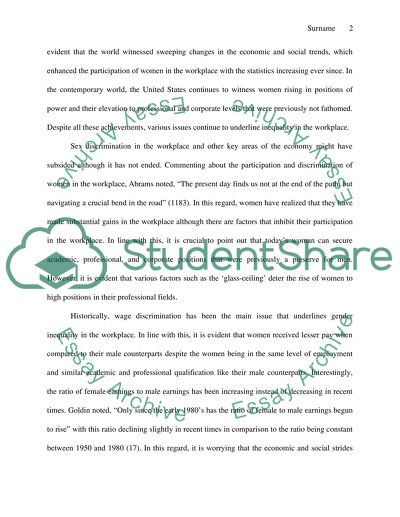Cite this document
(“Gender inequalities in the workplace Research Paper - 1”, n.d.)
Retrieved de https://studentshare.org/gender-sexual-studies/1610976-gender-inequalities-in-the-workplace
Retrieved de https://studentshare.org/gender-sexual-studies/1610976-gender-inequalities-in-the-workplace
(Gender Inequalities in the Workplace Research Paper - 1)
https://studentshare.org/gender-sexual-studies/1610976-gender-inequalities-in-the-workplace.
https://studentshare.org/gender-sexual-studies/1610976-gender-inequalities-in-the-workplace.
“Gender Inequalities in the Workplace Research Paper - 1”, n.d. https://studentshare.org/gender-sexual-studies/1610976-gender-inequalities-in-the-workplace.


